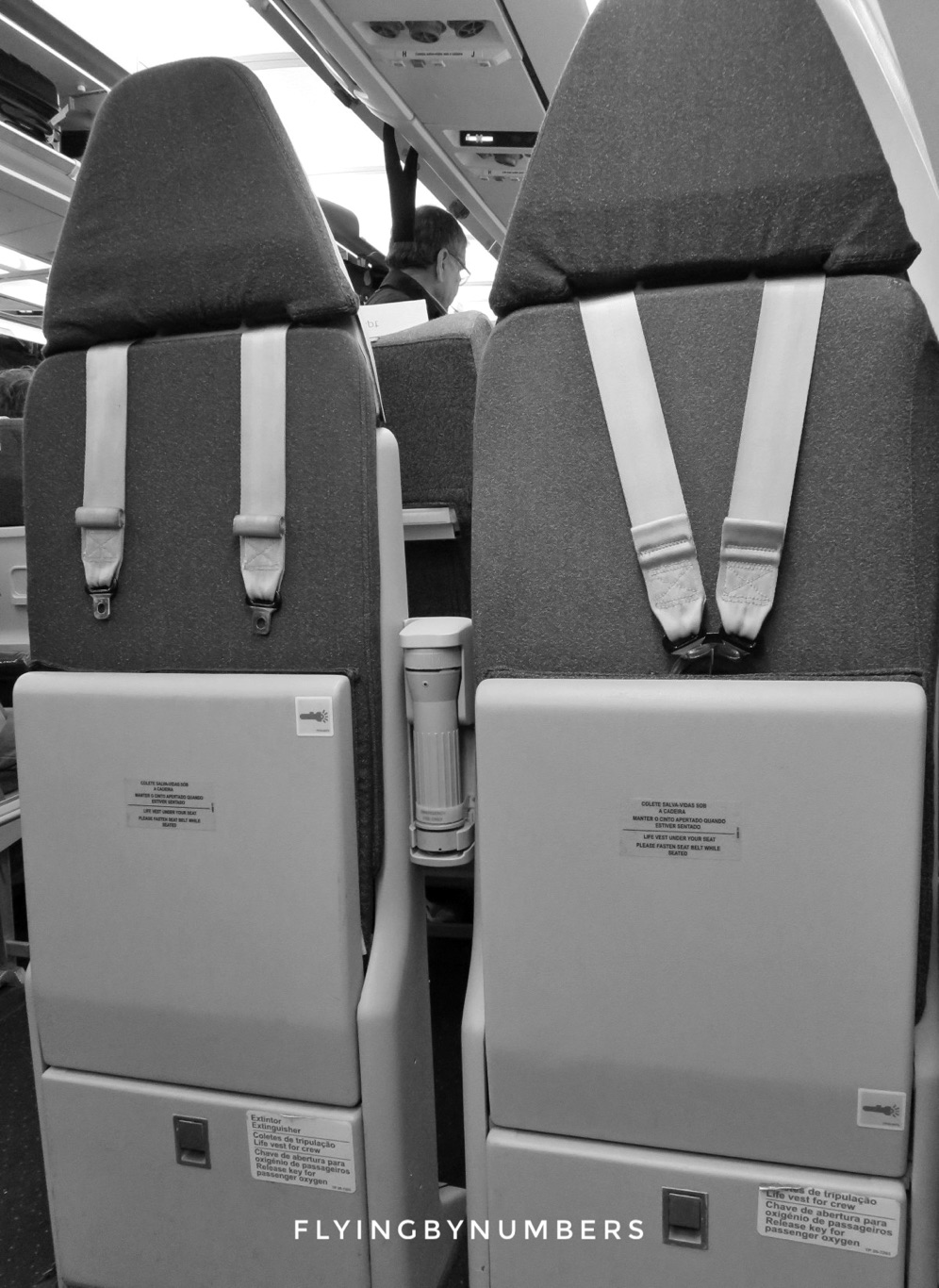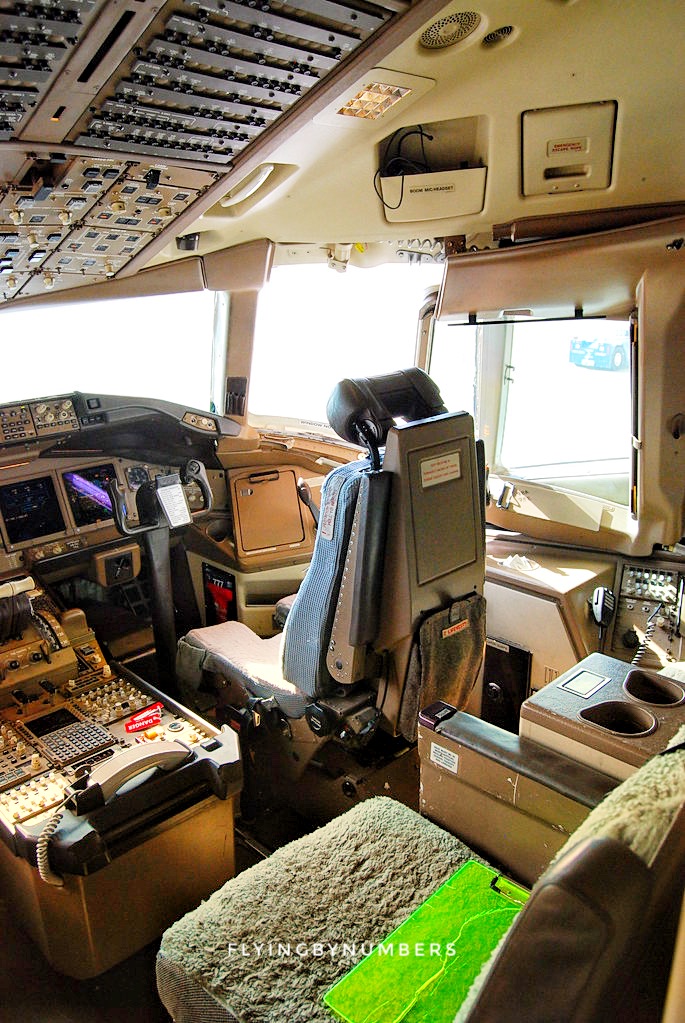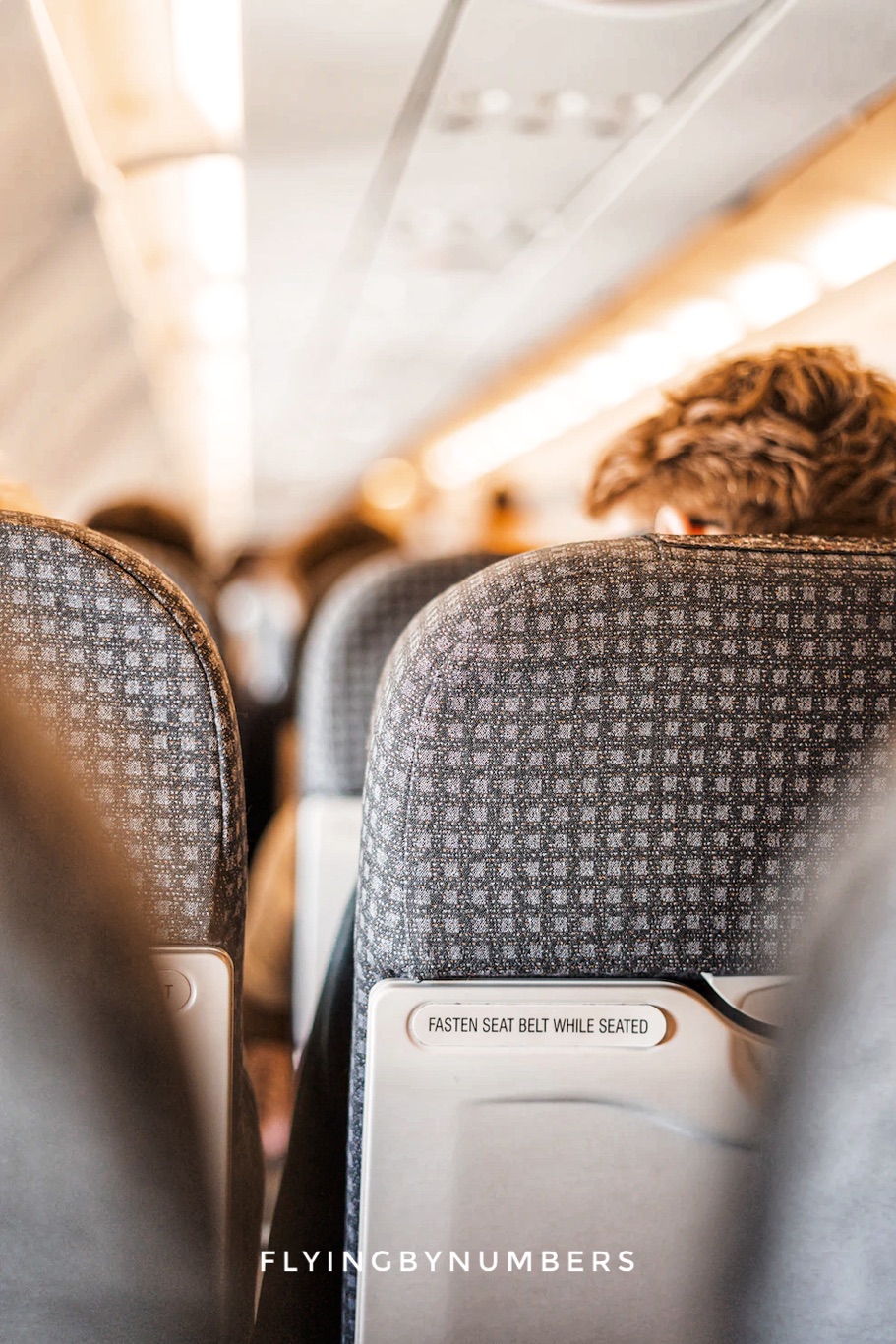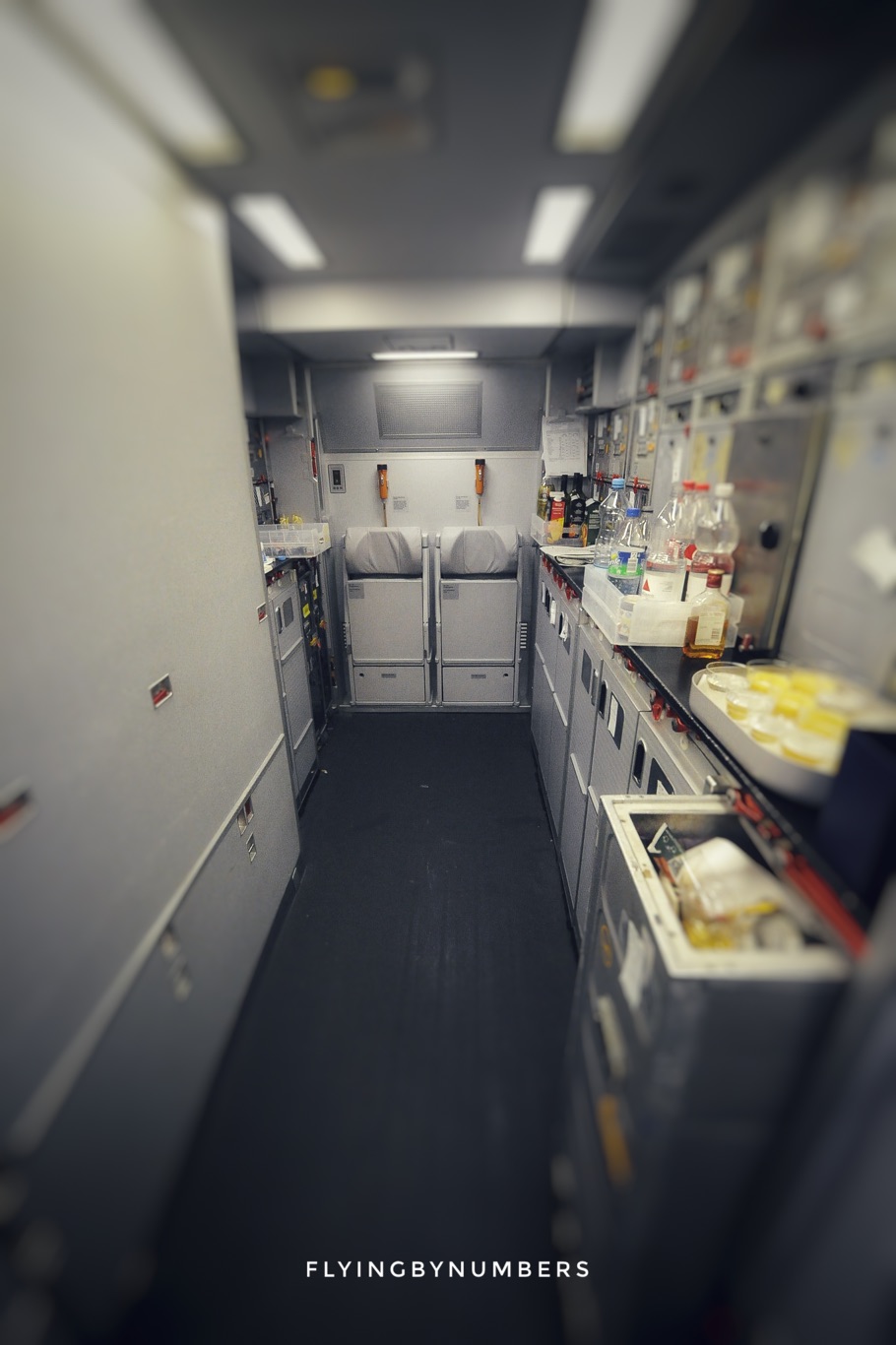If you’ve ever been on an aeroplane, you will have walked past the crew seating, located near the exits and in the cockpit. These seats are often referred to as jumpseats, and they’re typically only for airline staff. However, there are some occasions where normal passengers travelling on a friend or family member’s staff tickets end up sitting on them!
In this article, we’ll explain what jumpseats are and answer some common questions about them. We’ll also cover who can sit in a jumpseat and whether you can check a bag when using jumpseats. So, if you’re curious about this important part of flying, keep reading!
What are jumpseats?
Jumpseats, or flight attendant seats, are the name given to the airline crew seating on an aircraft. Different passenger loads require differing numbers of cabin crew, so there are normally more seats than working flight attendants.
These leftover crew seats, are known as jumpseats, and may be occupied by staff passengers or their friends and family, when there isn’t space in the cabin for them.
Separate to passenger seats, jumpseats are typically located by the main exits, and in the rear of the flight deck.

There may also be additional jumpseats at the middle of the plane by over-wing emergency exits, and even in some crew rest compartments.
These seats differ from passenger seats in several key ways:
FAQ’s
Who can sit on a jumpseat?
You might be surprised to know that jumpseats aren’t just reserved for airline staff. In fact, many staff passengers can sit in jumpseats too!
However, this does depend on individual airline rules, alongside the location of jumpseats.
While friends and family travelling on staff travel tickets can sit on cabin jumpseats, only current airline crew with valid IDs are allowed to sit on the cockpit jumpseats or those located in the crew rest areas.
Additionally, jumpseats often have age and ability limits. Rules vary by airline, but as the seats are typically located by emergency exits passengers are normally required to be over the age of 14, and able to assist in an evacuation.

Can you check a bag when jumpseating?
The answer to this one is yes, but it isn’t always recommended because jumpseat tickets are frequently only released very last minute.
Because jumpseats aren’t confirmed tickets, staff passengers are regularly held at the gate until the flight has closed, then if there is space due to a last-minute passenger no-show, they are quickly allowed to run to the aircraft.
Checked bags typically won’t have time to catch up with the rest of the aircraft’s luggage, and could be left behind! In reverse, checked bags might end up being stuck in the luggage system, while the staff passenger doesn’t make it onto their last minute jumpseat.
This can cause delays and lost baggage, so as a result, staff passengers jumpseating are advised to bring hand luggage only.
When are jumpseats used?
If you’re looking at the cabin jumpseats and thinking that they look more comfortable than your economy seat, unfortunately, you can’t switch seats. Most airlines now have rules stating that jumpseats can only be used when every passenger seat in the cabin is full.
There are some exceptions to this rule, such as if a member of staff needs to be at the destination for work reasons and is travelling in uniform, or at some airlines where pilots can purchase cockpit only jumpseat tickets.
But, in general, you’ll only see people sitting in jumpseats when the cabin is full and there isn’t any other choice!

What are the downsides to jumpseats?
With passenger seats continuing to shrink and become more lightweight as airlines try to squeeze more passengers onto aircraft, you might be looking enviously at the staff jumpseats. However, there are several downsides to travelling on cabin jumpseats:

Cockpit jumpseats are located behind the pilots, and separated from the passenger compartment by a locked door. This means that they often have better views and less disturbance than cabin jumpseats – but they come with an additional host of rules.
Are jumpseat tickets free?
Most commonly, jumpseat tickets are heavily discounted. However, on some airlines, jumpseats are completely free.
The cost of a jumpseat ticket is typically only a fraction of the full fare. You can’t actually buy a ticket to sit on the jumpseat, instead airline crew will buy standby tickets. These discounted tickets will only allow you to travel if there is space on the plane, so typically standby passengers will end up in the cabin, however if the cabin has no space, you’ll be given a jumpseat!
However, this does depend on individual airline policies. Some airlines will allow crew members travelling to and from work, and in uniform, free access to the jumpseat. But for those travelling on personal/holiday time, there will usually be a small fee.
Summary
In conclusion, jumpseats are a great — and discounted — way for airline crew to travel, but they come with their own set of rules and regulations.
While 90% of the time jumpseats are occupied by airline crew, or travelling staff, occasionally members of the public travelling on friends and family tickets will end up sitting on them. It’s important to have realistic expectations beforehand, as there are a few downsides. These include rules around food and drink, uniform, and even age limits.
Hopefully, this guide has helped to clear up any confusion about jumpseating and you now feel more informed the next time you fly!





